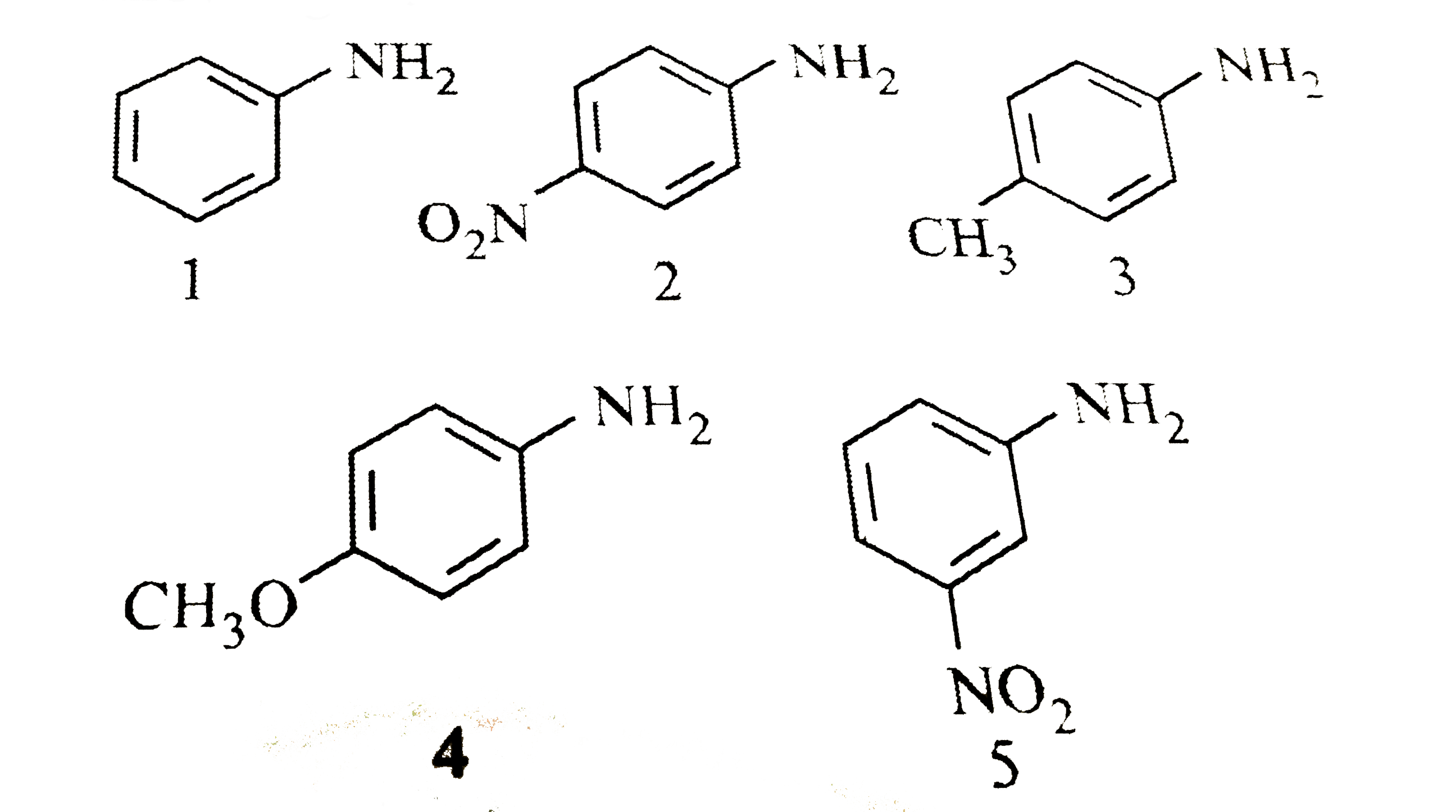The correct order of decreasing ionic nature of lead dihalides is:
PbF2>PbCl2>PbBr2>PbI2
PbF2>PbBr2>PbCl2>PbI2
PbF2<PbCl2>PbBr2<PbI2
PbI2<PbBr2<PbCl2<PbF2
The correct Answer is:A
To determine the correct order of decreasing ionic nature of lead dihalides (PbF2, PbCl2, PbBr2, and PbI2), we need to analyze the ionic and covalent character of these compounds based on the size of the anions involved. Here’s a step-by-step solution:
Step 1: Identify the Compounds
The lead dihalides in question are:
- PbF2 (Lead(II) fluoride)
- PbCl2 (Lead(II) chloride)
- PbBr2 (Lead(II) bromide)
- PbI2 (Lead(II) iodide)
Step 2: Understand Ionic vs. Covalent Character
Ionic character is influenced by the size of the anions. As the size of the anions increases, the covalent character increases, and consequently, the ionic character decreases. This is due to the increased polarizability of larger anions, which leads to greater sharing of electron density between the lead cation and the anion.
Step 3: Analyze the Anions
The anions in the compounds are:
- F⁻ (Fluoride)
- Cl⁻ (Chloride)
- Br⁻ (Bromide)
- I⁻ (Iodide)
From the periodic table, we know that:
- Fluoride (F⁻) is the smallest anion.
- Chloride (Cl⁻) is larger than fluoride.
- Bromide (Br⁻) is larger than chloride.
- Iodide (I⁻) is the largest anion.
Step 4: Determine the Order of Ionic Nature
Since smaller anions have higher ionic character, we can arrange the lead dihalides in order of decreasing ionic nature:
1. PbF2 (highest ionic character due to smallest anion F⁻)
2. PbCl2 (next highest, Cl⁻ is larger than F⁻)
3. PbBr2 (Br⁻ is larger than Cl⁻)
4. PbI2 (lowest ionic character due to largest anion I⁻)
Final Order
Thus, the correct order of decreasing ionic nature of lead dihalides is:
PbF2 > PbCl2 > PbBr2 > PbI2
The lead dihalides in question are:
- PbF2 (Lead(II) fluoride)
- PbCl2 (Lead(II) chloride)
- PbBr2 (Lead(II) bromide)
- PbI2 (Lead(II) iodide)
Ionic character is influenced by the size of the anions. As the size of the anions increases, the covalent character increases, and consequently, the ionic character decreases. This is due to the increased polarizability of larger anions, which leads to greater sharing of electron density between the lead cation and the anion.
The anions in the compounds are:
- F⁻ (Fluoride)
- Cl⁻ (Chloride)
- Br⁻ (Bromide)
- I⁻ (Iodide)
- Fluoride (F⁻) is the smallest anion.
- Chloride (Cl⁻) is larger than fluoride.
- Bromide (Br⁻) is larger than chloride.
- Iodide (I⁻) is the largest anion.
Since smaller anions have higher ionic character, we can arrange the lead dihalides in order of decreasing ionic nature:
1. PbF2 (highest ionic character due to smallest anion F⁻)
2. PbCl2 (next highest, Cl⁻ is larger than F⁻)
3. PbBr2 (Br⁻ is larger than Cl⁻)
4. PbI2 (lowest ionic character due to largest anion I⁻)
Thus, the correct order of decreasing ionic nature of lead dihalides is:
PbF2 > PbCl2 > PbBr2 > PbI2
Topper's Solved these Questions
- p-BLOCK ELEMENTSBOOK - VK JAISWAL ENGLISHCHAPTER - p-BLOCK ELEMENTSEXERCISE - LEVEL 2
97 Videos
- p-BLOCK ELEMENTSBOOK - VK JAISWAL ENGLISHCHAPTER - p-BLOCK ELEMENTSEXERCISE - LEVEL 3 (PASSAGE TYPE)
17 Videos
- METALLURGYBOOK - VK JAISWAL ENGLISHCHAPTER - METALLURGYEXERCISE - ASSERTION-REASON TYPE QUESTIONS
29 Videos
- PERIODIC PROPERTIESBOOK - VK JAISWAL ENGLISHCHAPTER - PERIODIC PROPERTIESEXERCISE - MATCH THE COLUMN
11 Videos
Similar Questions
Knowledge Check

The correct order of decreasing value of Keq is :Aa>b>c>dBd>a>b>cCd>b>a>cDd>a>c>d
The correct order of ionic radii.
View SolutionThe correct order of decreasing polarisability of ion is
View SolutionThe correct order of decreasing polarisability of ion is
View SolutionThe correct order of decreasing ionic radii among the following isoelectronic species is
View SolutionThe correct order of decreasing ionic radii among the following isoelectronic species is
View SolutionThe correct order of decreasing covalent character is
View SolutionThe correct order of increasing basic nature of the following bases is

View Solution
